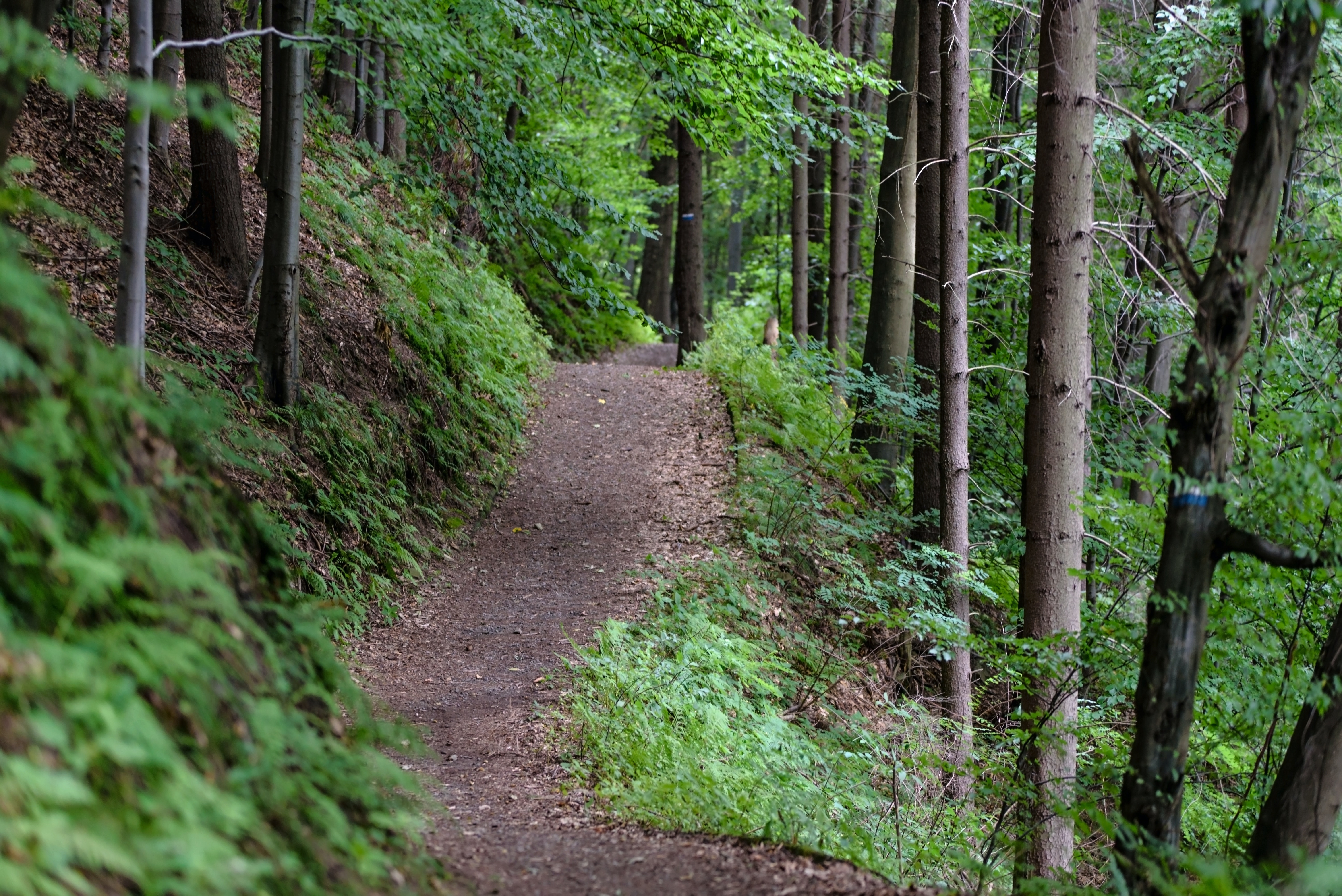The Napa Valley is graced with stunning hills and hiking trails begging to be ventured. Outskirts of the city and trails strewn about a 25-mile radius of Napa possess overlooks of the city lights and velvet laced vineyards along the landscapes. Pair that with the pastel gradient of blue, grey, and orange hues from a warm summer nights sunset, you have the perfect ingredients for an unforgettably breath-taking experience. Not only will the Napa Valley landscape offer a world class display of natural beauty atop one of its hill, but hiking helps the mind shift to a sense of tranquility while taking on the picturesque display. To compliment some much needed psychological and emotional therapy, hiking is proven to be a useful form of lower body strengthening, cardiovascular conditioning, and joint reinforcement.
Inclined walking has a similar cardiovascular response to jogging and running. They both cause our hearts to beat faster and we breathe heavier. The difference is that inclined walking such as trekking up a hill on hike is easier on the ankle, knee, and hip joints. As a person hikes up a hill, there are less percussive forces on joints when compared to the vibratory response from each foot strike while jogging. Slower speed and decreased technical decision making while walking along uncertain surface decreases risks of tripping or falling injuries.
The demand of the lower extremity muscles asks the heart to deliver more oxygenated blood to the working muscles as legs lift our bodies up a hill during hikes. As the heart beats faster, the lungs require more air to be inhaled, causing us to take more breaths throughout a hike.
As the body requires more oxygen, blood vessels in the muscles sense this demand and become slightly stressed along with the muscular sensation of exerting muscles. Feelings of soreness and slight fatigue might follow the next day. Soreness in the muscles is a good thing. We want the quads, hamstrings, glutes, and calves to feel a little sore. However, we don’t want the ankle joints, knees, hips, and lower part of the spine to feel sore. Joints shouldn’t ache as much as muscles. If our muscles are sore, this indicate that our body is starting to adapt and heal to the work that has been imposed. The body’s purpose is to match that work by repairing muscle and improving the architecture of the cardiovascular system laced throughout the body. As muscles get sore, muscle fibers regrow to become bigger and stronger. Muscular endurance will increase as an adaptation. Capillaries will become denser within blood vessels so more oxygen can be transferred to working muscles. The greater the ability to deliver oxygen to working muscles, the more energy will be produced to propel the human body longer distances up hills. This is an aerobic adaptation we can get from uphill walking and hiking activities.
We can’t expect to gather significant adaptations from one hike alone. The body can’t adapt unless there is a continually imposed demand for a prolonged period of time. For instance, ensuring to walk uphill or hike twice a week for 20 to 30 minutes is a simple and effective dose to apply to an individual of the general population. If we repeat this inclined walking protocol for 3 months, the body will detect that human controlling it desires to be conditioned enough to hike for this period of time. This means that the adaptations will allow the body to condition its cardiovascular system and have strong enough muscles to hike 40 to 60 minutes per week efficiently without getting overly huffed or injured. Imagine the changes that can occur from such an adaptation. Decreased arthritic joint pain, improved balance, and decreased risk of cardiovascular and pulmonary disease. To cap it all off, you’ll see that you can lose a few pounds for the long run as well.
Hiking is beneficial for psychological and physical health. We live in a beautiful area desired to be visited by people from all over the world. Take advantage of this blessing and use it to improve your health by getting out and hiking twice per week.
Sean McCawley, the founder and owner of Napa Tenacious Fitness in Napa, CA, welcomes questions and comments. Reach him at 707-287-2727, napatenacious@gmail.com or visit the website napatenaciousfitness.com.

